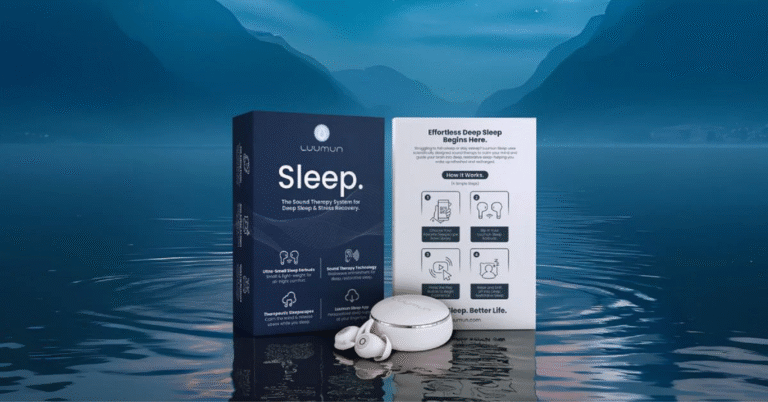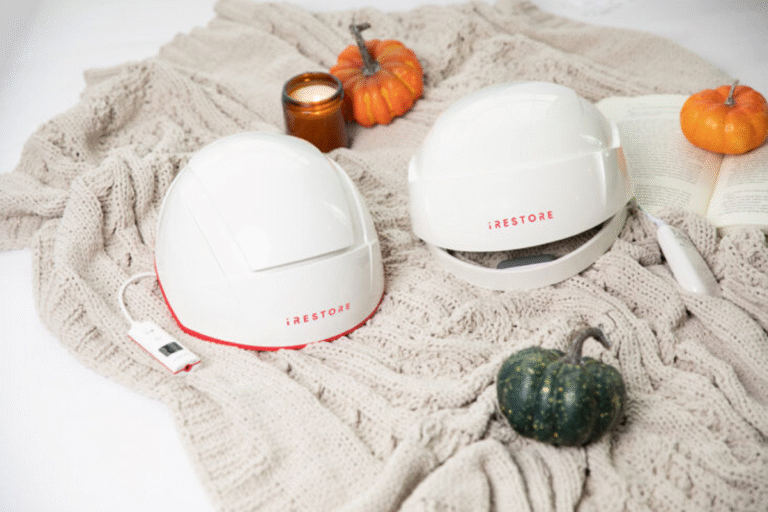Table of Content
Today’s digital first world, as each pixel only counts for the execution of your site, but for our planet. Choosing an environmentally friendly web design means making a thoughtful decision -making decisions, with regard to energy consumption and waste without compromising on the beauty or functionality. This is the place where Squarespace arrives, offers smooth designs, powerful tools and a mounting environmental conscious edge.
1. Why Eco-Conscious Website Design Matters
Even digital experiences create the influence of the real world. Each time one side loaded, data server, energy, and carbon emissions are consumed. By prioritizing permanent web design, you reduce these effects. Simple alternative – for example, limiting file sizes, fitting of writing and embracing minimalism – can significantly reduce the site’s carbon footprint.
2. Squarespace: A Sustainable Foundation
a) Powered by Efficient Infrastructure
Squarespace runs on scalable cloud infrastructure that is more energy efficient than traditional hosting setup. Their content distribution network (CDN) covers the data, which reduces the delay and saves energy.
b) Backed by Greener Giants
Though Squarespace doesn’t publish detailed sustainability reports, it relies on data centers from Amazon (AWS) and Google—both pursuing 100% renewable energy goals.
c) Performance That Combines Beauty and Efficiency
Squarespace’s templates are not only visually refined but also optimized for speed and performance—meaning fewer resource-intensive features and quicker load times.
3. Design Smart: Eco-Friendly Website Tips for Squarespace Users
- Embrace Minimalism
Keep your pages clean. Reduce animations, pare down page elements, and favor simplicity for faster loading and lower energy use. - Optimize Fonts & Colors
Stick to system fonts to eliminate extra HTTP requests. Use a concise palette to make rendering more efficient and environmentally friendly. - Compress & Lazy-Load Assets
Resize images, use modern formats like WebP, and activate lazy loading—so assets only load when needed! - Enable Caching
Encourage browsers to store assets locally to avoid repeated downloads—this cuts energy demands on both ends. - Measure Your Impact
Tools like Beacon and GreenFrame help assess your site’s environmental footprint and suggest improvements.
4. Squarespace Features That Support Green Design
- Responsive, optimized templates that prevent unnecessary weight or complexity.
- Fast, efficient performance powered by integrated CDNs and streamlined code.
- Built-in caching & compression, making energy-wise choices simple.
- Eco-conscious infrastructure, indirectly supported through Squarespace’s partnerships with AWS and Google.
5. Make It Your Own: Share Your Green Mission
Highlight your stability effort on your site. Use Squarespace’s blog features, impressive images and pure setup to share your eco-obligation and inspire the audience.
Conclusion:
The creation of an environmentally friendly site is not about limiting your creativity-it is deliberately about increasing it with durable design. Squarespace provides the right canvas: Beautiful painter, skilled hosting and thoughtful infrastructure. When smart design options such as minimalism, custom properties and performance-centered features, your Squarespace site becomes part of a major movement towards digital stability.











